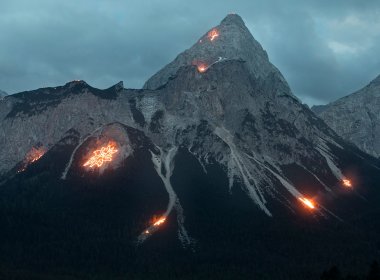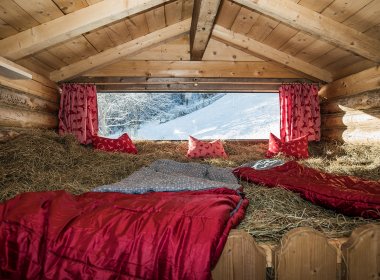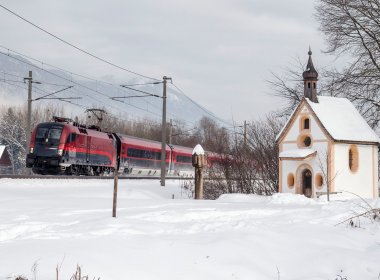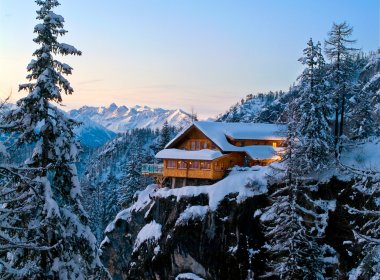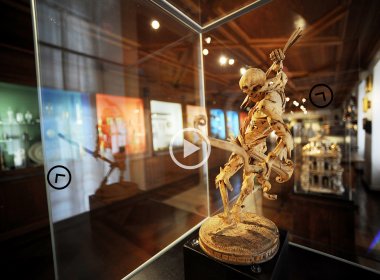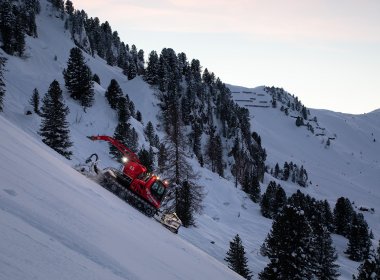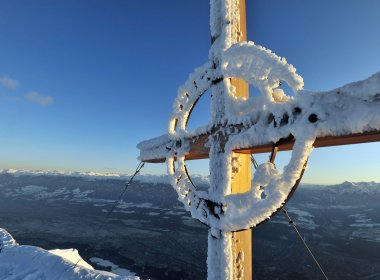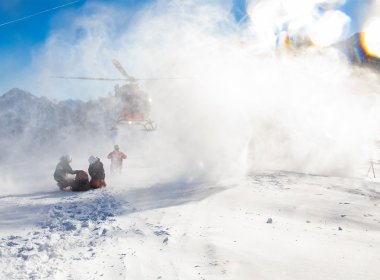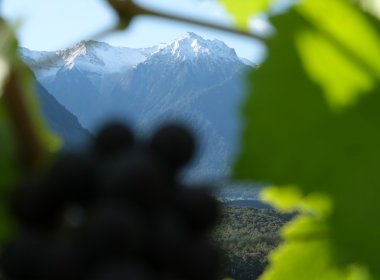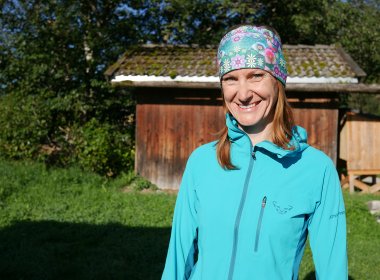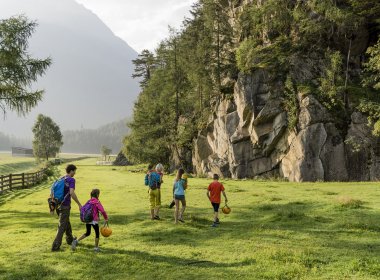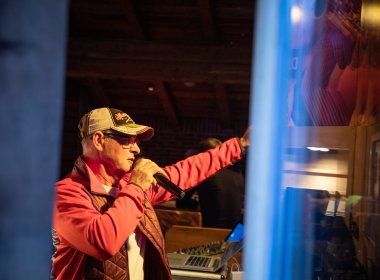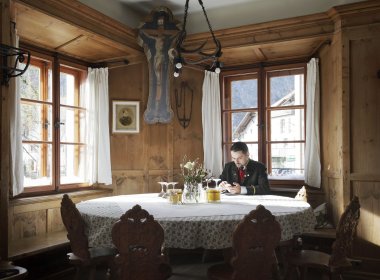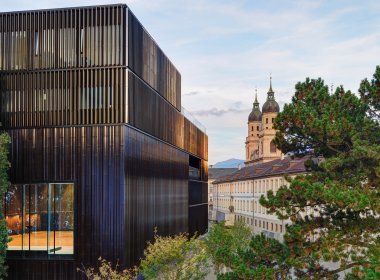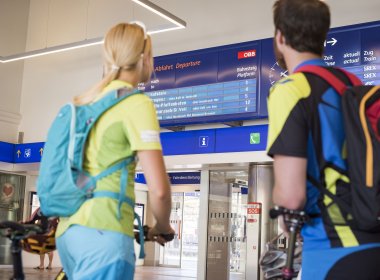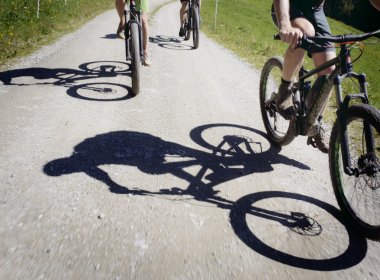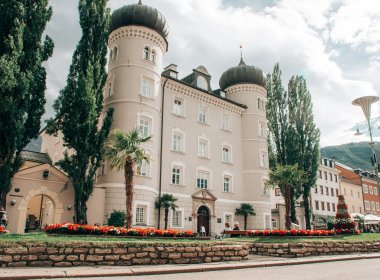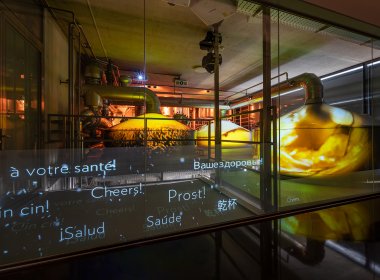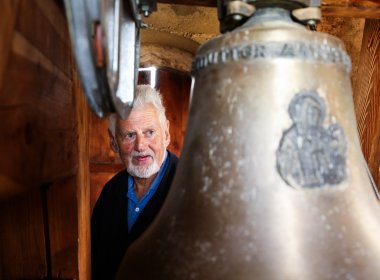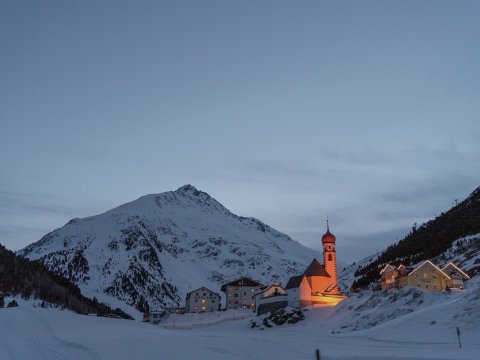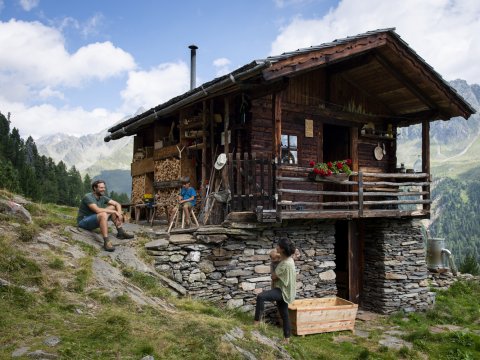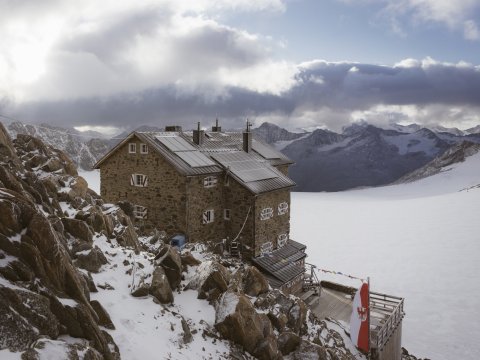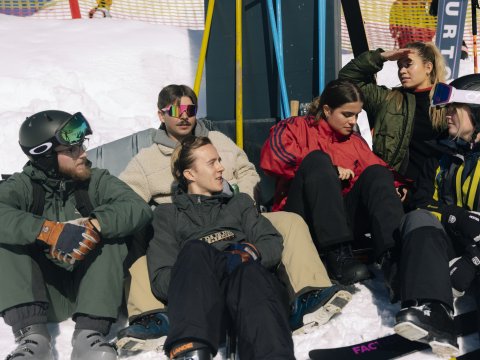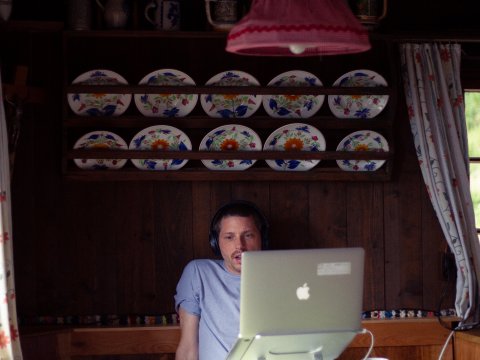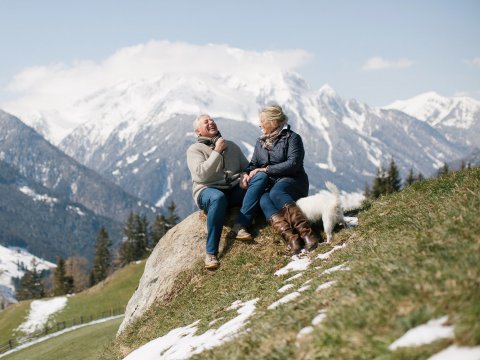Having a Blast: The Men Who Make Avalanches Above Innsbruck
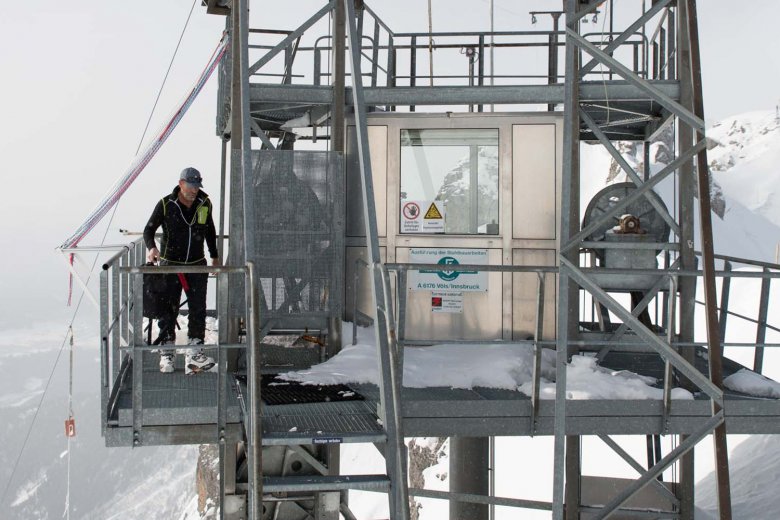
Two to eight minutes. That is how long it takes for the fuse on an Emulex AV to burn. These potent packages weighing 2.5 kilos are transported onto the steep rock faces of the Nordkette Mountains using a special cable car. „We wait for it to go boom, then the snow starts to move,“ says Werner Haberfellner from the Innsbruck avalanche safety commission. Together with a master of explosions, as his colleage is known, Haberfellner is responsible for blasting away accumulations of snow in the mountains above the city before they pose a danger to skiers on the pistes and the population below.
If the wind is blowing in the right direction, the windows rattle in certain parts of the city when we blast.
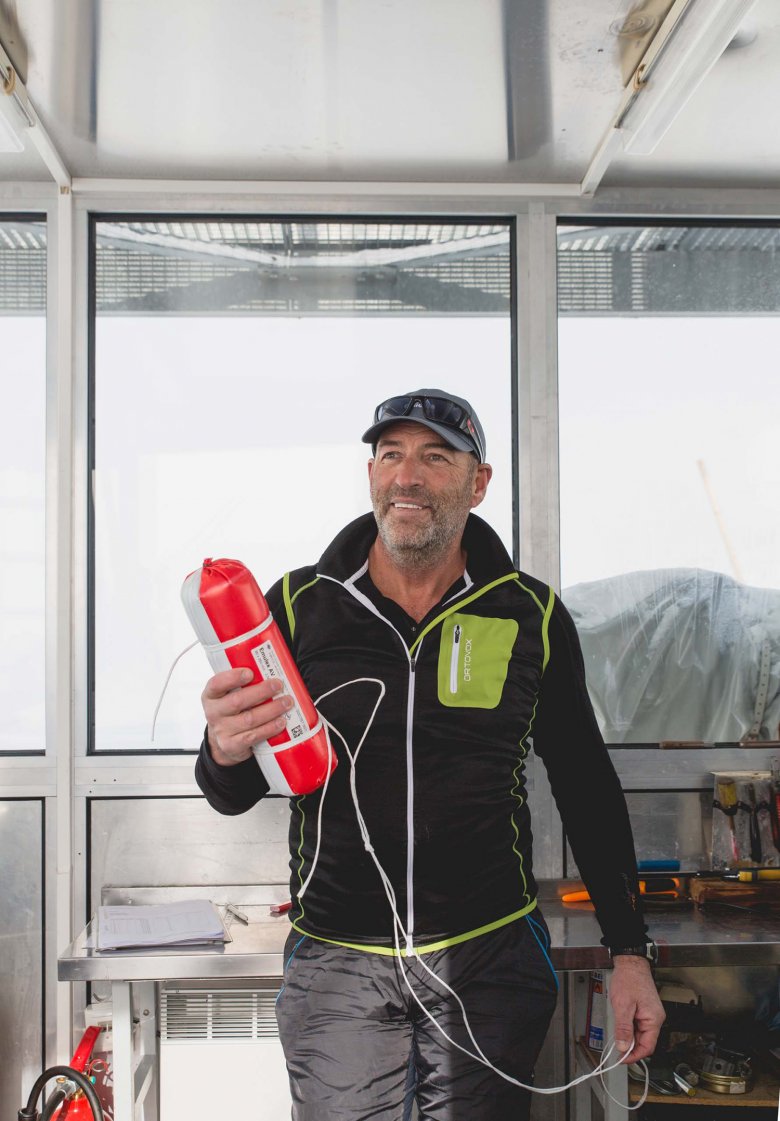
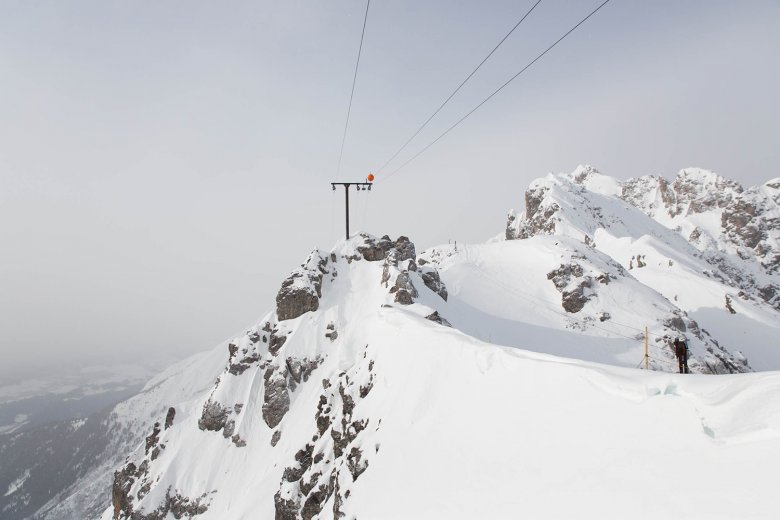
Big responsibility
Haberfellner is sitting in the office of the Innsbruck avalanche safety commission, located at the Seegrube ski station at 1,905 metres above sea level. In front of him is a screen full of meteorological data. Haberfellner has been part of the commission for 15 years and, together with his colleagues, is responsible for taking decisions about closing any roads, trails and pistes in the resort above Innsbruck. Every morning the commission releases a report which is sent to the local authorities. If the snow on the mountains poses a threat either to skiers in the resort or the general population in the city below, they set about preparing the explosive charges.
„If the wind is blowing in the right direction, the windows rattle in certain parts of the city when we blast. That’s why we wait until at least seven o’clock before we detonate the charges. The sound down in Innsbruck is often louder than it is up here in the mountains,“ says Haberfellner. The commission uses a special cable car as well as a number of gas-powered canons to position the explosives in the right place to achieve maximum effect. The gas-powered canons, known as „Gazex“, can be seen at various points in the resort, including on the ridge above the funpark.
Die Nordkette
To the north of Innsbruck lies a chain of mountains known as the Nordkette. In winter, the Seegrube ski station at 1,905 metres above sea level is one of the most popular ski areas for locals. There is also the option of travelling even further up, another 300 vertical metres, to the Hafelekar ridge at 2,334 metres above sea level. The infamous „Hafelekarrinne“ couloir is home to one of the steepest ski routes anywhere in Europe – the gradient reaches 70% in places, making it true experts-only terrain.
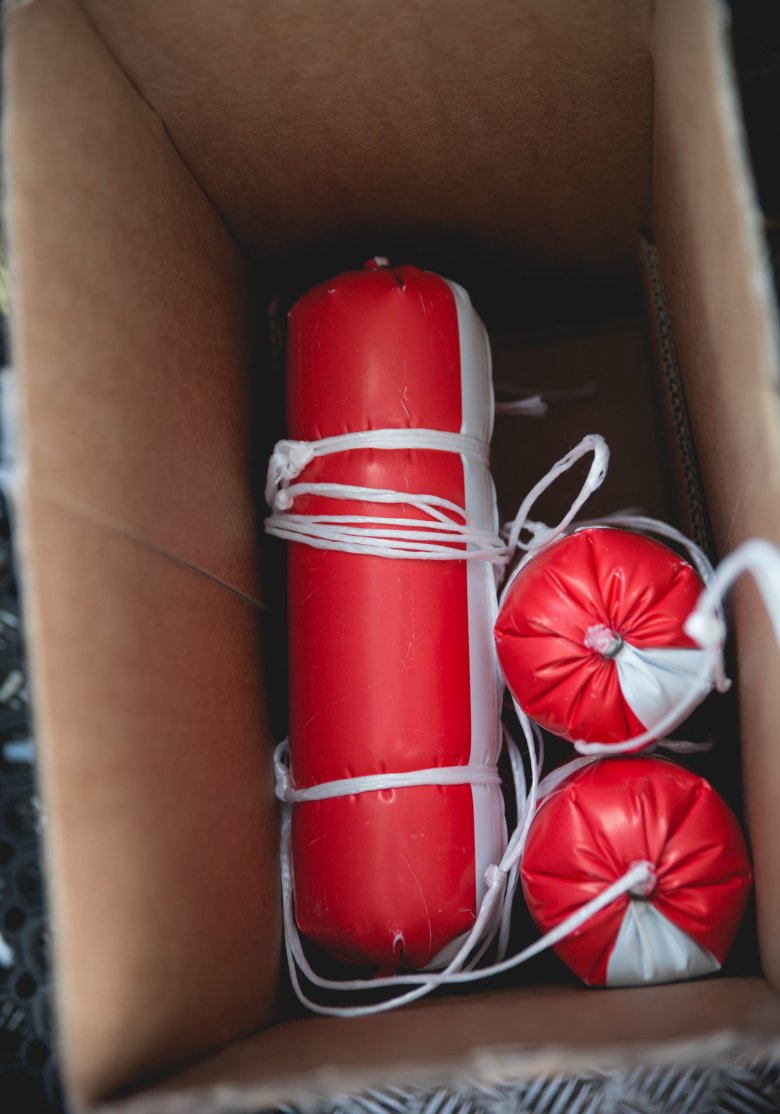
Not everyone’s cup of tea
„The computer data and modern technology help us a lot, but the most important thing is still experience. It takes time to grow into this job. You have to be out there yourself on skis and observe the snowpack close up,“ explains Haberfellner. His team is responsible not only for avalanche safety but also for piste rescue services. „If somebody is injured, we have to get there fast. It works well and we are proud that nobody who is hurt has to wait long before they are attended to. People do injure themselves on a regular basis, not least because the terrain we have here is pretty extreme.“
Storm, snow or freezing temperatures – whatever the weather, Werner Haberfellner can always be found out and about in the mountains. He has been given the nickname „the guardian angel of the city“ by local media, reflective of the essential role he and his team play in keeping Innsbruck’s population safe. There are few places in the world where city life and alpine terrain are so close together. Before the construction of huge metal barriers in the mountains, avalanches would often cascade down onto settlements. The controlled explosions carried out by the avalanche commission are one of several measures taken these days to reduce the risk to a minimum.
Die Nordkettenbahnen
The Innsbruck Nordkettenbahnen lifts are a masterpiece of technology and architecture. The stations were designed by world-famous architect Zaha Hadid. The funicular railway transports passengers minutes from the centre of the city up to the foot of the mountains, where a gondola whisks them into high alpine terrain at 1,905 metres above sea level. A third and final cable car leads up to the Hafelekar ridge at 2,296 metres.
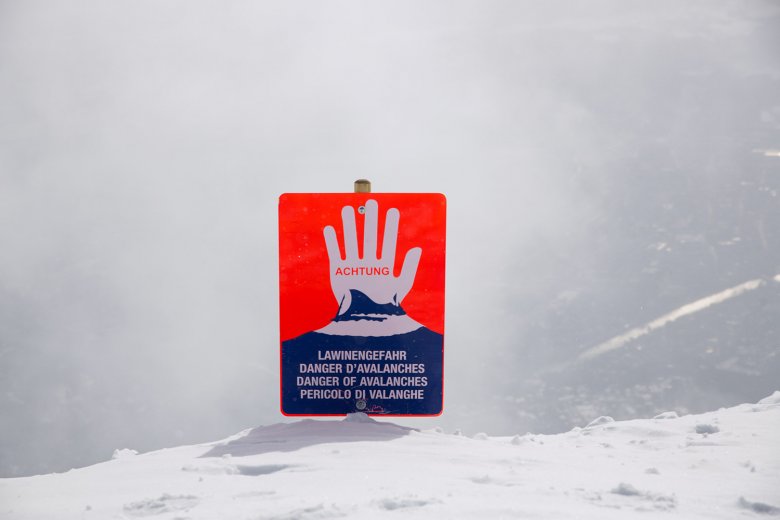
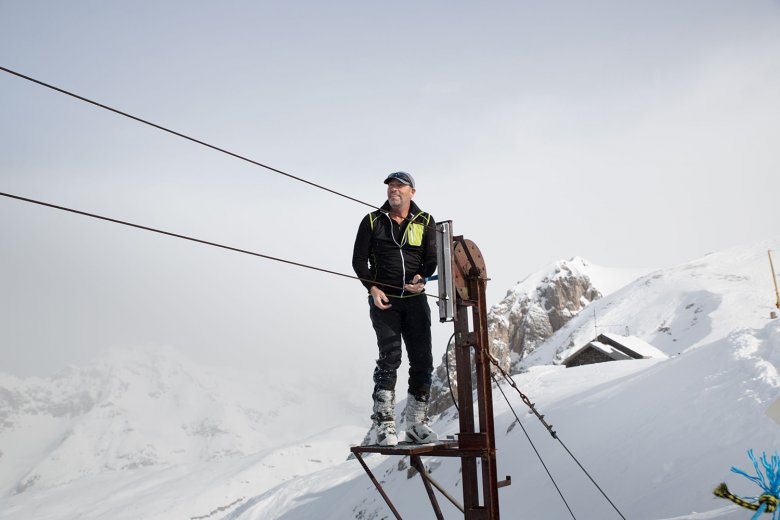
The best job in the world
All municipalities in Tirol are obliged to have their own avalanche safety commission to assess the potential avalanche risk. In Tirol there are 252 such commissions, though most only meet when the snow conditions make it necessary. Innsbruck, on the other hand, has a permanent commission charged with ensuring the safety of the roughly 120,000 people who live in the city.
Werner Haberfellner’s job means that he is always the first one up on the mountain – a privilege he appreciates. „When there is half a metre of powder and we are up on the ridge as the sun appears on the horizon and lights up the peaks, that is an amazing feeling. There are plenty of people who would pay a lot of money to join us at those moments as we ski down through the fresh powder to check the conditions before the day begins.“
All photos: Bert Heinzlmeier











